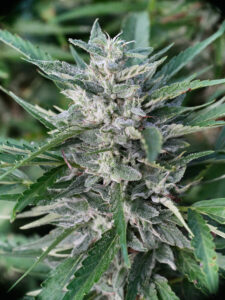
2022 NC State Floral Hemp Variety Trial Report Is In!
12/22/2022 – T(reviewed on 8/28/2024) he 2022 NC State Floral Hemp Variety Trials were conducted in Clinton, Salisbury, and …



El inglés es el idioma de control de esta página. En la medida en que haya algún conflicto entre la traducción al inglés y la traducción, el inglés prevalece.
Al hacer clic en el enlace de traducción se activa un servicio de traducción gratuito para convertir la página al español. Al igual que con cualquier traducción por Internet, la conversión no es sensible al contexto y puede que no traduzca el texto en su significado original. NC State Extension no garantiza la exactitud del texto traducido. Por favor, tenga en cuenta que algunas aplicaciones y/o servicios pueden no funcionar como se espera cuando se traducen.
Inglês é o idioma de controle desta página. Na medida que haja algum conflito entre o texto original em Inglês e a tradução, o Inglês prevalece.
Ao clicar no link de tradução, um serviço gratuito de tradução será ativado para converter a página para o Português. Como em qualquer tradução pela internet, a conversão não é sensivel ao contexto e pode não ocorrer a tradução para o significado orginal. O serviço de Extensão da Carolina do Norte (NC State Extension) não garante a exatidão do texto traduzido. Por favor, observe que algumas funções ou serviços podem não funcionar como esperado após a tradução.
English is the controlling language of this page. To the extent there is any conflict between the English text and the translation, English controls.
Clicking on the translation link activates a free translation service to convert the page to Spanish. As with any Internet translation, the conversion is not context-sensitive and may not translate the text to its original meaning. NC State Extension does not guarantee the accuracy of the translated text. Please note that some applications and/or services may not function as expected when translated.
Collapse ▲
12/22/2022 – T(reviewed on 8/28/2024) he 2022 NC State Floral Hemp Variety Trials were conducted in Clinton, Salisbury, and …

I’ve written previously about why North Carolina corn growers should feel comfortable planting non-Bt refuge corn, but the performance …
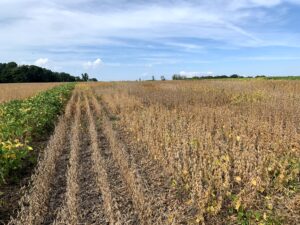
The 2022 NC OVT Soybean Data is now available online at either the OVT website or the Variety Selection Tool. …

Crop protectants are important for agriculture. They protect crops that are grown to feed people and animals. A crop …

The Census of Agriculture is a complete count of U.S. farms and ranches and the people who operate them. …
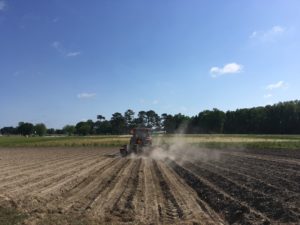
Using the optimal soybean planting date is critical to maximize yield for our full season soybeans and planting before …
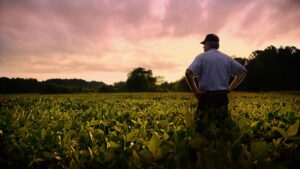
NC FarmLink’s upcoming webinars and in-person events: January 2023 Incubator Farms Round-table discussion on January 17th from 12:30 – 2 …

Bt corn has been genetically modified to make insecticidal proteins that protect plants from caterpillars and some root-feeding beetles. …
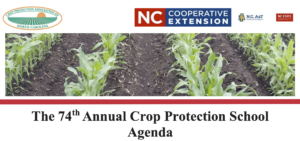
The 74th Annual Crop Protection School will be held virtually on Thursday, December 1, 2022 using the Zoom platform. Please …
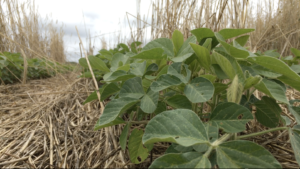
Each day this week we are releasing information delivered at the Soybean Field Day at the NCDA&CS Piedmont Research …
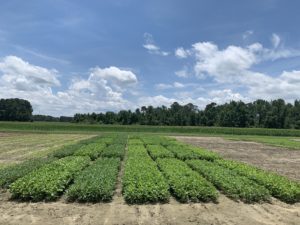
Maximizing NC Soybean Yield Through Planting Date and Maturity Group Written by DJ Stokes and Dr. Rachel Vann Recent analyses indicate …
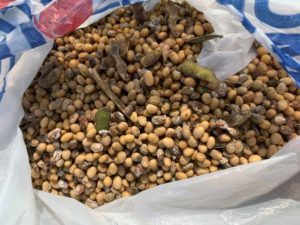
Each day this week we are releasing information delivered at the Soybean Field Day at the NCDA&CS Piedmont Research …
Each day this week we are releasing information delivered at the Soybean Field Day at the NCDA&CS Piedmont Research …

Each day this week we are releasing information delivered at the Soybean Field Day at the NCDA&CS Piedmont Research …
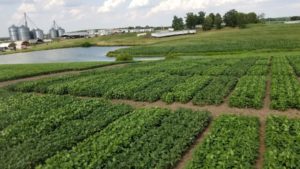
Each day this week we are releasing information delivered at the Soybean Field Day at the NCDA&CS Piedmont Research …
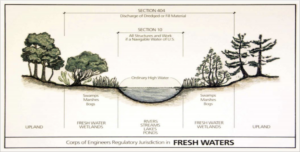
For those interested, here is Robert Andrew Branan’s presentation on history and update to the definition for Waters of the …

Growers across North Carolina continue to increase cover crop adoption for the wide range of benefits that cover crop …
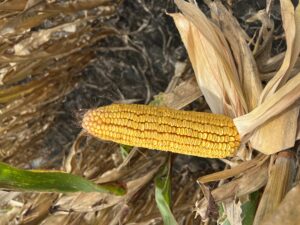
The 2022 NC OVT wheat, barley, and oats variety data are now available on the NC OVT website and …
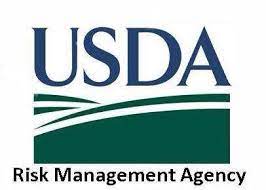
Join the USDA Risk Management Agency (RMA) for virtual workshops covering the ins and outs of the Whole Farm …

Join us for the N.C. Cooperative Extension Piedmont Soybean Field Day on Wednesday, September 28, 2022 at the NCDA&CS …
Though impossible to measure the incidence of neighbor complaints against farmers, North Carolina public policy …
This publication describes the major systems used in farm equipment and outlines basic maintenance procedures …
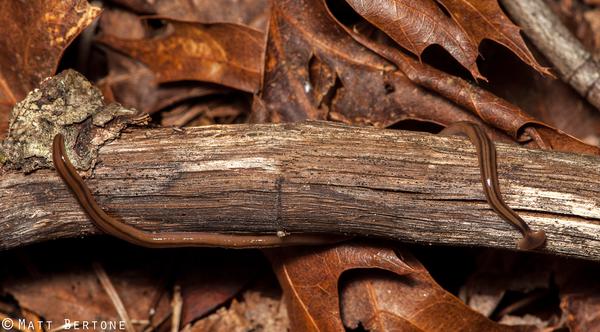
This factsheet offers information on the identification and management of various flatworms that may be …
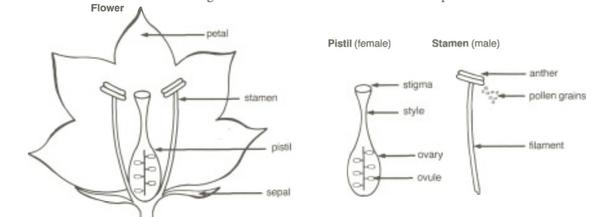
This guide presents basic facts about seeds, including how they develop, how to store and …

This publication provides information to growers about soybean production in North Carolina. It discusses economic …

This publication discusses the factors involved in managing water requirements for soybeans. It addresses growth …
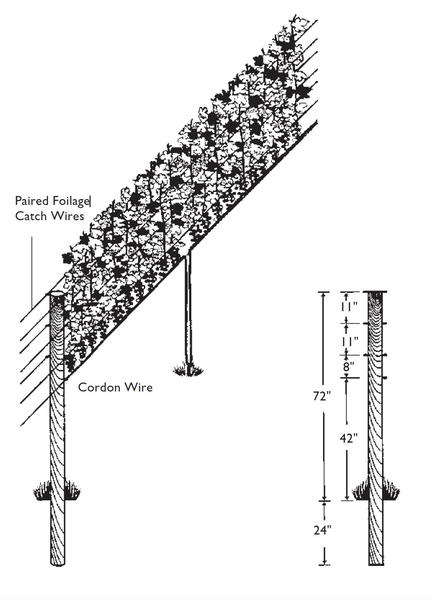
Growing Chardonnay grapes, the number one vinifera variety grown in North Carolina, can be a …
Effective frost protection methods exist, however, each year, a portion of the state's fruit and …